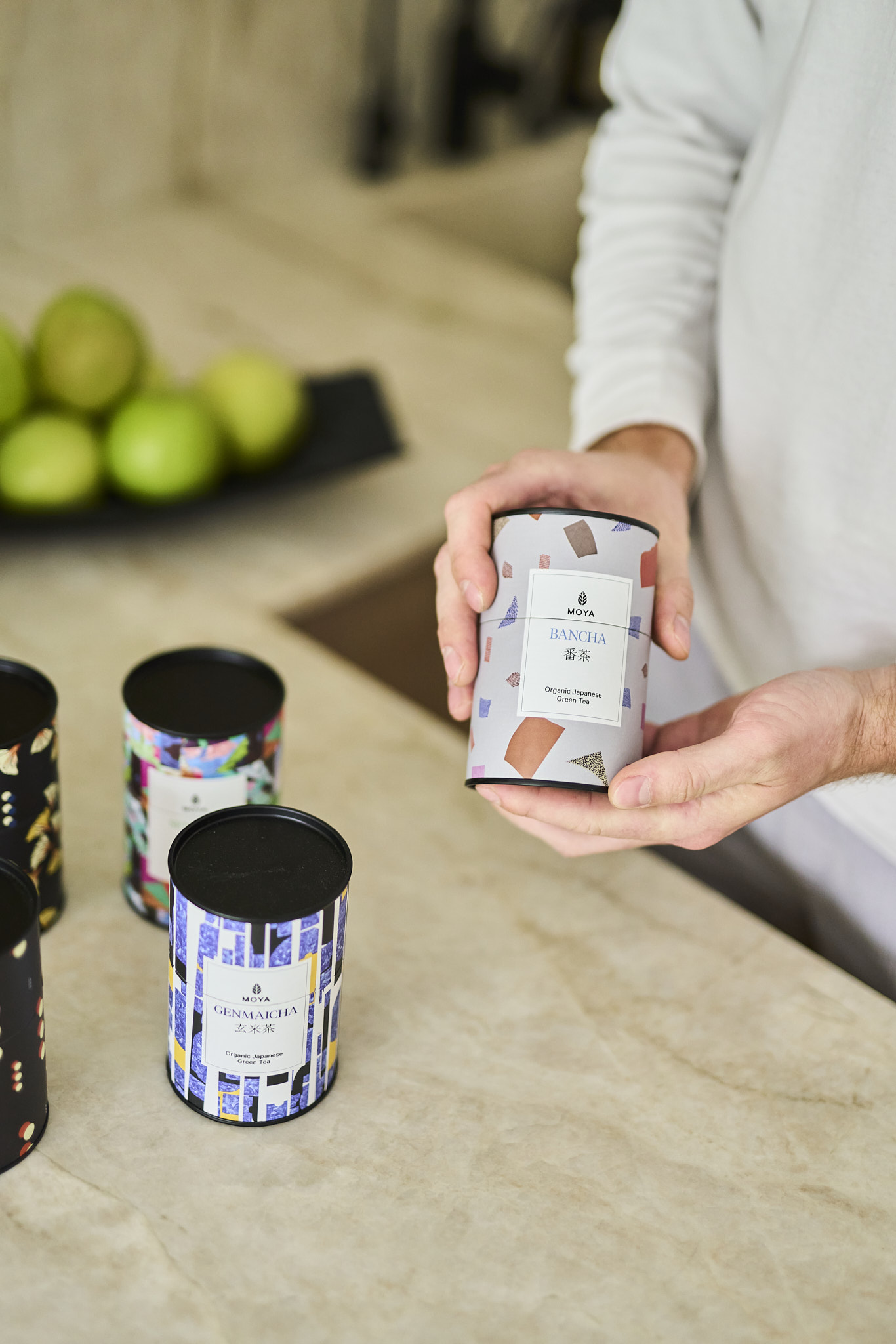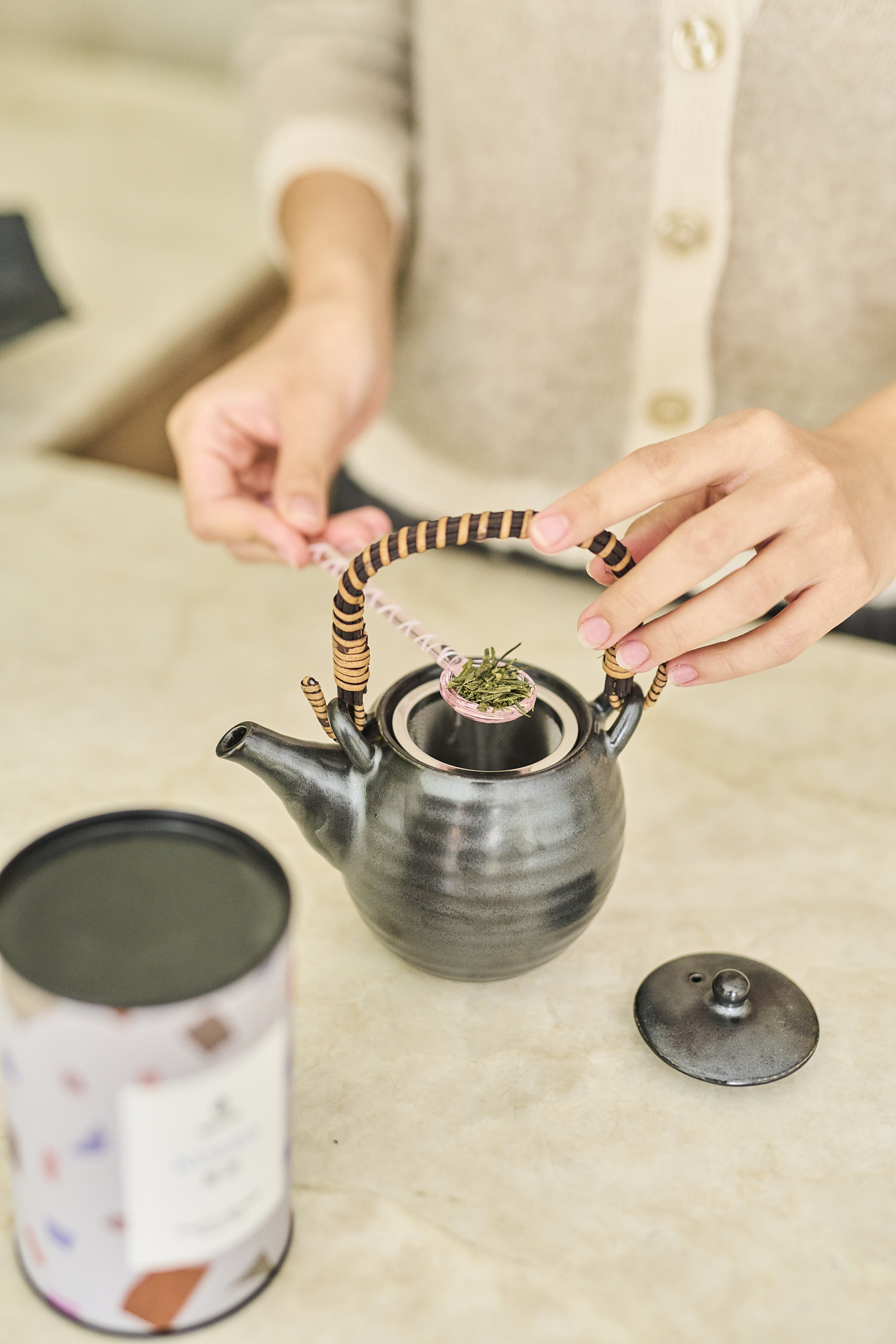Price range: €8,95 through €23,95
Everyday green tea, usually served with meals. Suitable for drinking any time of the day. Characterized by a distinctive walnut aftertaste.
clear yellow-green hue
100% organic Japanese green tea bancha
Secure transaction
pay with PayU
Fast delivery
we dispatch within 24 hours
Free delivery
From €36
Discounts -15%
for regular customers

Zielona herbata o żółto-złotym odcieniu, kwaskowatym aromacie i wyrazistym, goryczkowym posmaku orzecha włoskiego, który zawdzięcza dużej zawartości garbników. Nazwa bancha (番茶) pochodzi od słów „ban” i „cha.” „Cha” w języku japońskim to herbata. Słowo „ban” może być rozumiane jako odpowiednik tego co „codzienne” i “popularne” lub „późne”. Drugie znaczenie odnosi się do późnych zbiorów, z których pochodzą liście banchy zrywane z dolnej części herbacianych krzewów. Moya Bancha pochodzi z organicznych upraw na wyspie Kiusiu.
W Japonii bancha jest uważana za herbatę codzienną i często podawana do posiłków. Można ją pić cały dzień, ponieważ zawiera około 70% mniej kofeiny niż gyokuro. Charakteryzuje się większą zawartością garbników niż inne herbaty, bo jej liście przez dłuższy czas są poddawane fotosyntezie. Garbniki, inaczej taniny, posiadają właściwości przeciwzapalne, ściągające i odtruwające. Obok innych japońskich zielonych herbat, bancha jest również źródłem katechin i antyoksydantów. Jej picie poprawia trawienie i przyczynia się do spowolnienia starzenia całego organizmu, oczyszczenia z toksyn, obniżenia poziomu złego cholesterolu, utrzymania poziomu cukru w normie, utrzymania zdrowych zębów i dziąseł, a nawet poprawy humoru. W jej liściach znajdują się dobrze przyswajalne witamina C, beta karoten, kwas foliowy, potas, wapń i fosfor.



Ilość herbaty: 3-4 g na 200 ml

Temperatura wody: 70-80°C

Czas parzenia: 3-4 min

Ilość zaparzeń: 3